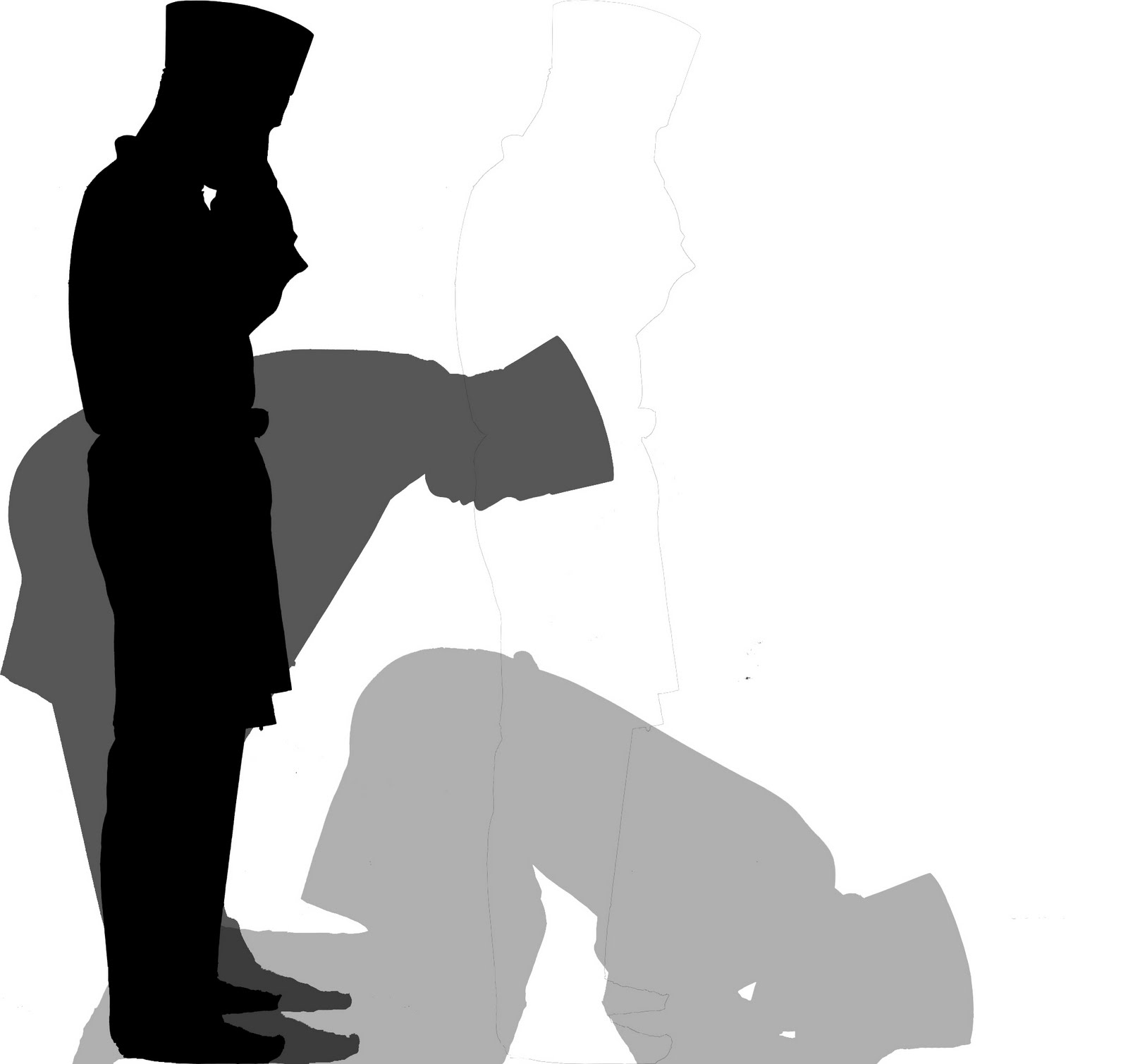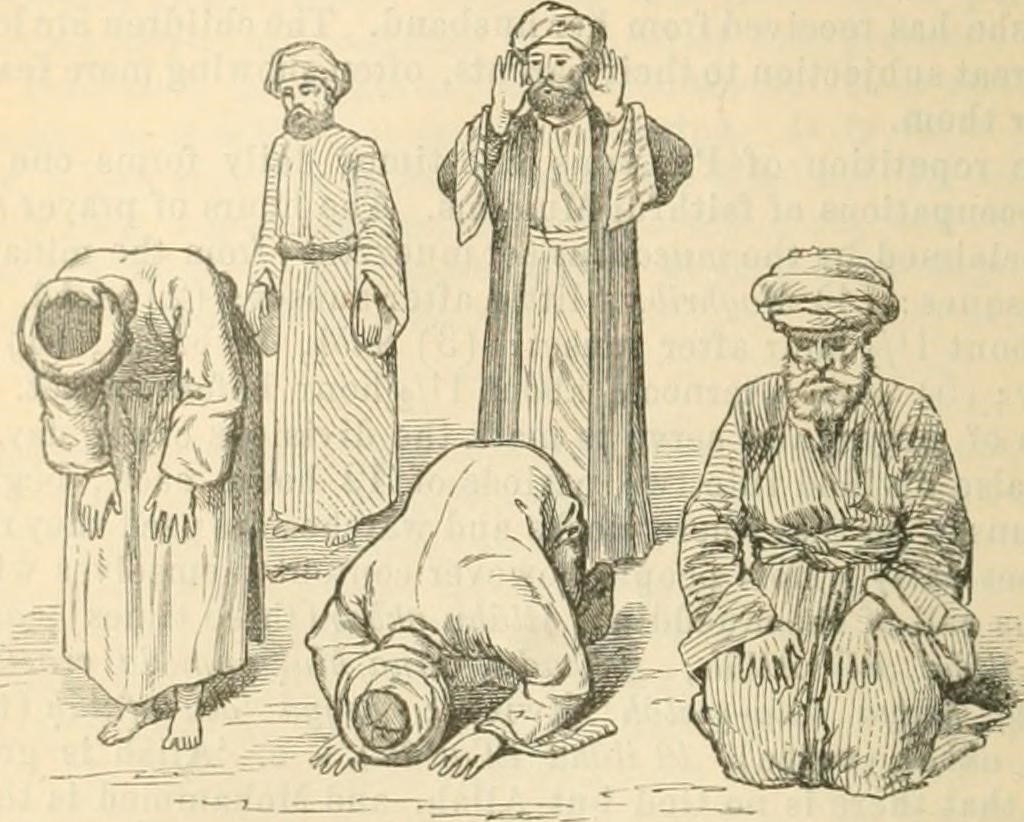
Solat


As any religions existed in this world, there are certain conduct of practices performed as described in their own holy scriptures in refence to the commandments from God. The act of worshiping to The Creator symbolized the uniqueness of every religions embraced by different people; be it in the prayer recitations or the physical actions undertaken, apart from its theological belief. Islam, for one, has its very own prayer which is part of the 5 Arkanul Islam (Pillars of Islam) that served as mandatory foundation of a Muslim’s life; Shahada (Profession of Faith), Salah/Solat (Prayer), Zakat (Almsgiving), Sawm (Fasting during the month of Ramadan) and Hajj (Pilgrimage in Makkah al-Mukarramah, if able).
Solat is the daily obligatory prayers observed five times a day at prescribed times namely; Fajr (dawn), Zuhr (afternoon), Asr (evening), Maghrib (dusk) and Isya’ (night). It composes of repetitive cycles (Raka’ah) of 5 differing main postures listed below;
Takbir: raising both hands, thumbs parallel to earlobes with God magnification chant.
Qiyam: standing with right hand on top of left hand, affixed at chest to below navel.
Ruku’: bowing with hip flexion at 90o angle, head facing down.
Sujud: prostration in submissiveness with only face, hand palms and toes in contact with floor.
Julus: sitting/kneeling with buttocks rest on heels, plantar-flexed feet and hands on laps.
Given the different movements performed in Solat, it may imitate the functional exercise.

Figure 1: Postures in Solat
(Source: Google Image)
So, what is functional exercise? It can be defined as movements incorporated in exercise regime to improve an individual’s ability to perform daily activities and achieve specific goals. The main goal is to enhance living function in normal daily life especially among clinical and physically-disabled populations. The functional exercise training principles can be based on the 3-dimensional (3D) planes of motion; transverse, sagittal and frontal, involving series of muscular contractions (isometric and isotonic) and focuses on the 4 pillars of human movement;
I. Locomotion: linear displacement of body mass.
II. Level changes: non-locomotor up and down motion.
III. Pushing/pulling: daily eccentric/concentric motions.
IV. Rotation: truncal pivoting movement in changing direction.
Faith-Fitness Relationship
Taking the basic principles of functional exercise in mind, it is observed that performance of Solat utilizes numerous level changes and pushing/pulling motions with slight rotation at the end of the prayer via Taslim (a minor but important prayer movement of giving Salam by turning head to the right and then left). It can be said that Solat is inadvertently a form of functional exercise on its own, performed for five times on daily basis by Muslims worldwide. Solat involves continuous gentle muscle contraction and relaxation with recurring range of motions (ROMs) involved in perfect harmony and balance, by employing different types of stretching and isometric contractions, and is generally suitable for all ages & conditions.
Surprisingly, a collaborative study between Departments of Cardiology and Biomedical Engineering, Universiti Malaya (UM) in 2008 which produced an enlightening book titled “Salat: Benefits from Science Perspective” found that 12 Raka’ah (combination of Zuhr, Asr, and Isya’ prayers) is equal to 30 minutes of light exercises daily as recommended by the American College of Sports Medicine (ACSM) guideline used worldwide. Dr. Jaseem Ramadan Alkandari from Kuwait, in his remarkable 2007 study “Bioenergetics of Islamic Prayers”; concluded that Solat does have positive effect on metabolic function as well via the energy cost of about 80 calories a day from daily prayers for an 80 kg person, and it could be considered a form of physical activity that enhances fitness.
Specifically, Fatimah Ibrahim & Siti A. Ahmad (2012) investigated Takbir, Ruku’ and Sujud postures via electromyography (EMG) output, comparing them to similar stretching exercises and suggested that Solat has musculoskeletal effect-like stretching. Takbir stretches the Pectoralis (chest) muscles and shoulder blades gently as a start-up motion signaling into next posture progression. Even weight distribution via both feet is observed throughout the practice of Qiyam posture, easing the balance of the body and lower back in a neutral position whilst activating the core muscles at the same time. This correct standing position aids to straighten the back and improves posture (Winter DA, 1995). Ruku’ is a form of loading exercise which strengthens the back, extends the spine and increases the flexibility of hips and hamstrings, thus relieving the stiffness at spine, neck, and back, and helps to improves posture as well as balance and co-ordination. This position stretches the para spinal muscles of lumbar spine, hamstrings, and calves (gastrocnemius & soleus) muscles. It is useful to treat backache for chronic back pain patients or even pregnant mothers (Aqlan F et al., 2017) and vertebral column related diseases, as well as enhancing bone health by minimizing the risk of Osteoporosis (weak, brittle bones).
Spinal stretch is maximized through Sujud posture as a person curls the torso over the legs creating a space between the dorsal surfaces of the vertebra of the spine and aids spinal distraction as well as allowing neural glides and the lengthening of the nerves (Shacklock M, 2005) which is important to treat spinal stenosis and other degenerative disc diseases (Ji B et al., 2003). This movement also utilized the level changes as evidenced by the head is in the position lower than the heart, reducing the blood pressure and ultimately, chances of stroke in later time. Julus sitting in kneeling position strengthens the core muscles, hence maintaining good posture and improves the flexibility of knee joint ligaments as well as tibialis anterior (shin), extensor hallucis longus (toes), the quadriceps (thigh) and gluteus (buttocks) muscles. Rising up after Julus to proceed with another Raka’ah of prayer involves deep squat motion, which emphasized more on spinal stability. The head turning motion in Taslim stretches the trapezius muscles, mobilizes the upper back and thoracic muscles over the cervical vertebral column. These gentle neural stretches at cervical rotation are effective and may reduce the symptoms of cervicogenic headache, the likelihood to suffer from cervical spondylosis or myalgias (Al-Gazal et al., 2008).
Between ROM (Range of Motion) and RM (Ritual Movement)
A comparison being made between Yoga and Solat by Sayeed SA and Prakash A in a 2013 Indian study on the togetherness between these dominant practices of fitness and faith respectively in mental health. It is concluded that there are resemblances in Solat and Yoga postures which simultaneously can give similar benefits, thus, suggesting Solat as an alternative to the current existing flexibility-cum-core strengthening exercises like Yoga and Pilates. Ghazal Kamran; a senior physiotherapist in Rehabilitation and Physical Medicine Institute, Al Ain Hospital (UAE), elaborated concisely in 2018 about the similarities between Solat and Yoga along with their therapeutic effects. It is worth to note that the main 4 postures from Solat ritual (Qiyam, Ruku’, Sujud and Julus) closely resembled that of some Yoga postures respectively;
Namaste (“Bowing to you”): standing, hands together at chest, bowing head with eyes closed.
Ardha Uttansana (standing half forward bend): fully stretches the muscles involved in Ruku’.
Balasana (Child pose): helps in releasing the tension in the lower back, shoulders and chest.
Vajrasana (Thunderbolt pose): gets rid of constipation and improves blood flow circulation.

Figure 2: Similarities in Solat and Yoga Postures.
(Source: Kamran G. Physical benefits of (Salah) prayer - Strengthen the faith & fitness.)
Bear in mind that any flexibility training involved stretching activities, hence, one must be able to relax or be in a ‘state of calmness’ first before being able to perform the stretches as it might leads to injury. This ‘state of calmness’ formed the basis of clear mind, inwardly focus and leaving out all worldly life distractions for both Yoga practice and Solat ritual. Based on the mechanical properties of connective tissues (muscle) in our body as a protective mechanism from the Stress-Strain component, it can be divided into elasticity (ability to return to normal), plasticity (permanent change after force is applied) and viscoelasticity (resisting changes but unable to return to normal). Solat falls within the elasticity phase in the Stress-Strain Curve which enabled our body components stretched return back to normal state. Most Solat postures lasted within 10-30 seconds (as per ACSM safe guideline in stretching activities), coinciding with the recitations and momentarily pauses specific to different ritual movements.
Prostration, by its sociocultural nature alone, is an act of submission to a higher-ranked person, victor of a battle or in the case of Solat, to the highest-being God the Almighty; in favor of mercy from Him. Sujud is the only Solat position in which the head is positioned lower than the heart and therefore, receives increased blood supply to the brain, stimulating the brain’s prefrontal cortex which houses the higher thinking order (aql) enabling it to control emotions from the limbic system (nafs) spiritually. This surge in blood flow has a positive effect on memory, concentration, psyche and other cognitive abilities. The prefrontal cortex is located in the frontal lobe which contains the most dopamine neurons. Dopaminergic pathway is exclusive in synthesizing and releasing the dopamine hormone which is essential in activating parasympathetic nervous system to conserve energy and stays in ‘rest mode’. In other words, dopamine is a calming hormone which gives human the feel-good sensation physically and psychologically. It is stipulated through a study (Doufesh, 2012) investigating the increased amplitude of alpha brain activity during prostration in the parietal and occipital regions suggestive of parasympathetic elevation, thus indicating a state of relaxation.
Increment of dopamine increased the protective effect against anxiety disorders and Parkinson’s Disease; which are caused by lack of dopamine presence due to multiple stressors and degenerative Lewis Bodies formation respectively. Dopamine also is found to stimulate BDNF (Brain-Derived Neurotrophic Factor) which plays the utmost important role in preventing Alzheimer’s and other degenerative cognitive diseases among the elderly. With dopamine and its myriads of positive effects resulting the mind and body in a state of calm and relaxed manner, an individual is at peace with himself and surroundings in the Godly presence, ready for submission and acceptance no matter what the worldly conditions are, as evidenced in the Hadith and Quranic verses below:

The nearest a servant comes to his Lord is when he is prostrating himself, so make supplication (in this state). [Sahih Muslim, Book of Prayer, Hadith: 482]

[To the righteous it will be said], "O reassured soul! Return to your Lord, well-pleased and pleasing [to Him], and enter among My [righteous] servants and enter My Paradise."
{Al-Fajr (The Dawn); verses 27-30}
Aidun mubarak. Minnal Aidil wal Faizin. Taqabbalallahu minna wa minkum.
BY:
Dr. Mohd Khairul Azizi Bin Mohd Zaki, MBBS (IIUM), IOC Dip Sp Phy (Lausanne)
Dr. Hazwani Binti Ahmad Yusof @ Hanafi, BSc. (UKM), MSc. (USM), PhD (Sydney)
[Lifestyle Science Cluster, Advanced Medical and Dental Institute, Universiti Sains Malaysia, Bertam, 13200 Kepala Batas, Pulau Pinang]